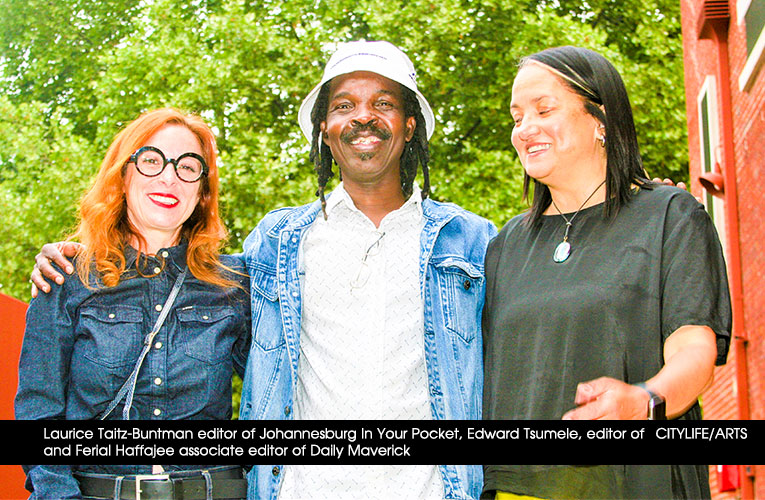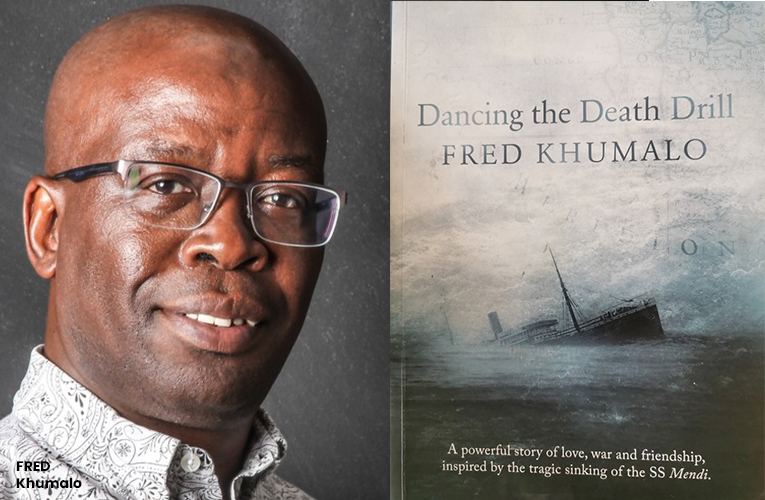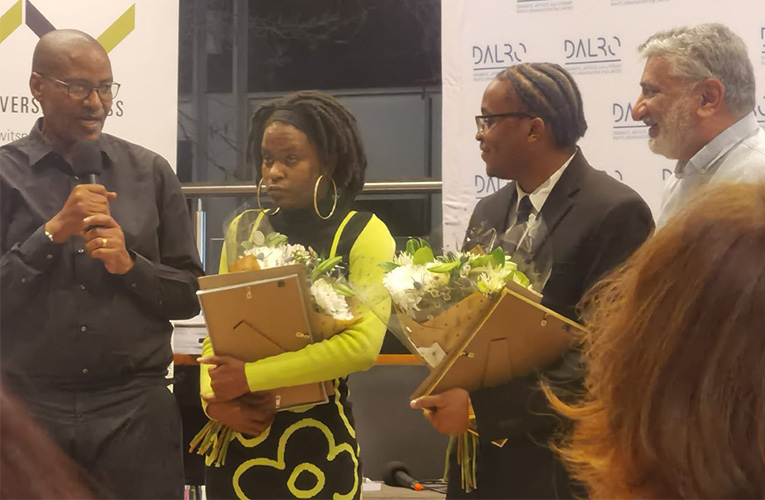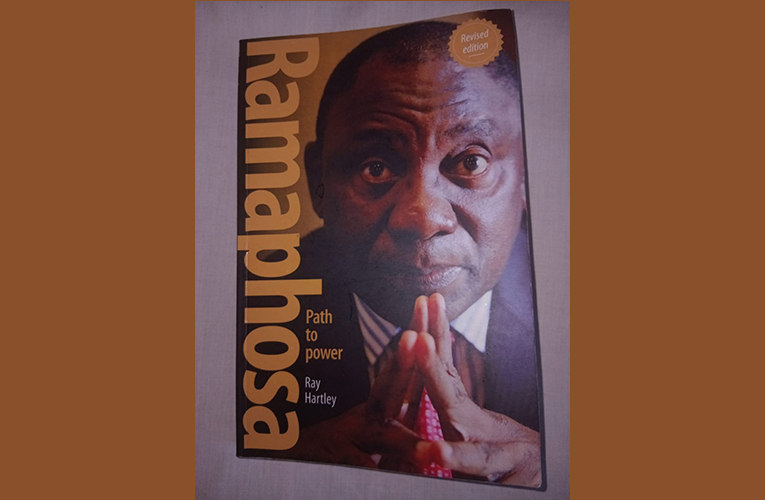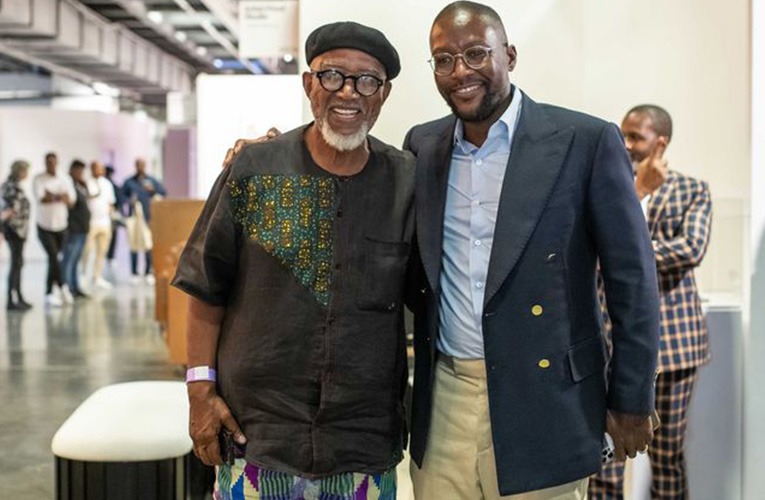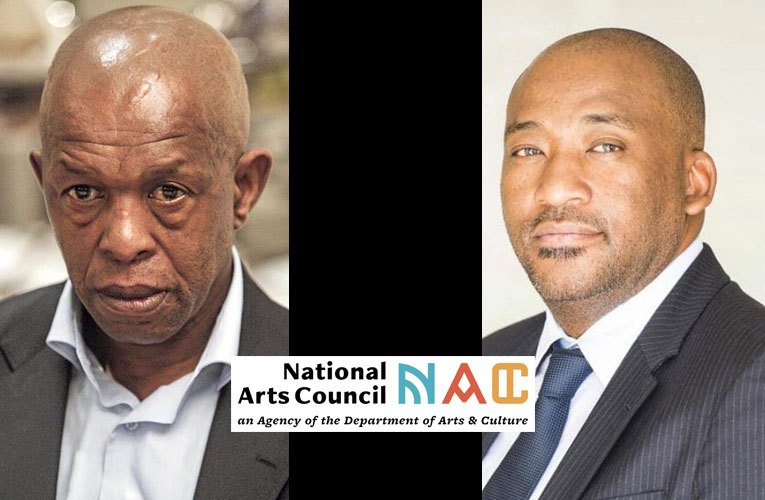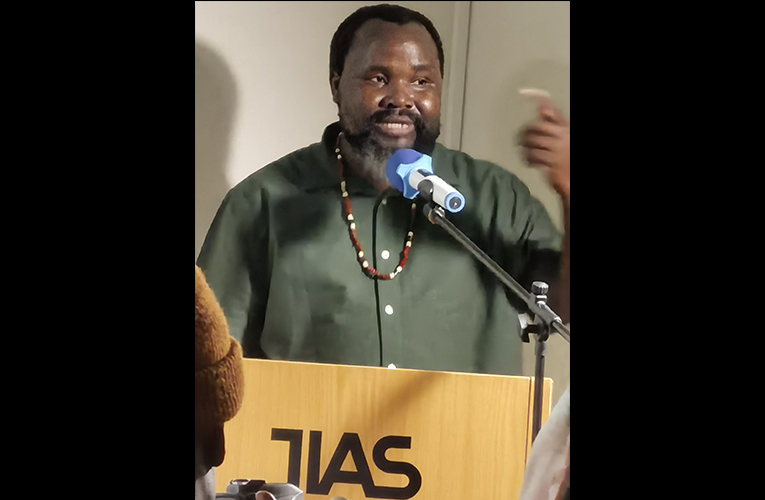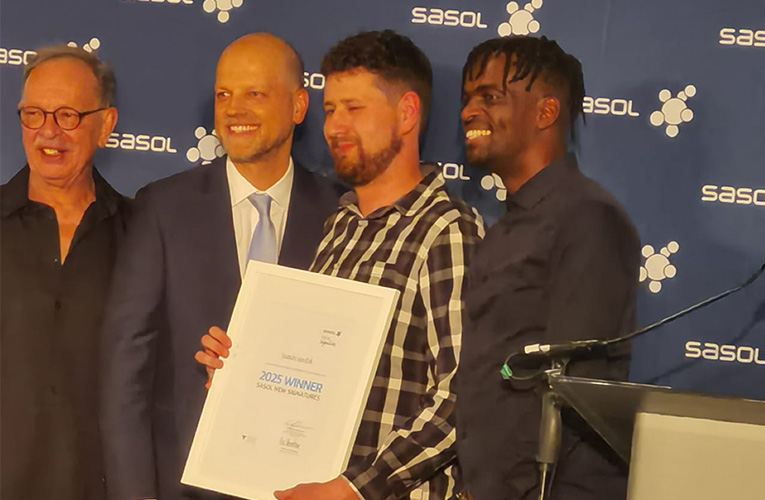Art fair attracts huge young crowd, but the question is, why is the appetite to collect art not huge among them?
By Edward Tsumele, CITYLIFE/ARTS Editor
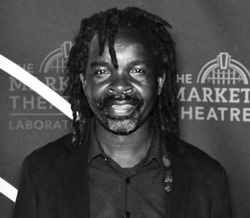
And so the FNB Art Joburg has come and gone. Having ended on Sunday, September 7, 2025at the Sandton Convention Centre. The art fair, the first art fair to be launched in South Africa 2008, making it the oldest art fair in the country, launched at the very same venue where it wrapped up on Sunday. The key note speaker of the occasion was then Premier of Gauteng Mbhazima Shilowa. The art feast has indeed grown and is a crowd puller, rebranded under its current Managing Director Mandla Sibeko as a Pan African Art Fair.
Yes, it now has competition from other art fairs that have seen an opportunity in the commercial segment of the art business by creating a different experience for art lovers, art enthusiasts and collectors alike in the country. The country now boasts four other art fairs- Latitudes Art Fair, Contra. Joburg and Investec Cape Town Art Fair, in a way giving the original art fair a good run for its money. The effect of this it to make the organisers of the fairs fair a hard time fighting for the customers’ pocket in an economy that is growing painfully slowly.
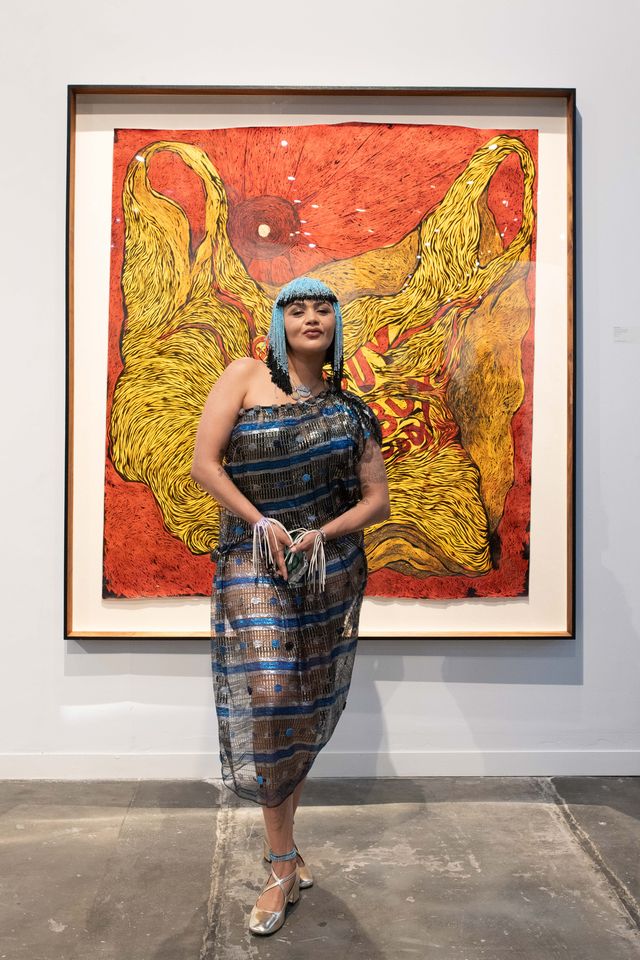
However this kind of competition is good for art collectors and enthusiasts as they get spoilt for choice as they are in a position to compare which among the fairs gives them the best experience in the manner they encounter and interact with what is on offer during these fairs – which is the experience part of it, but also in terms of the variety of art works from which to choose as well as the pricing of such works –which is the business side of the art business.
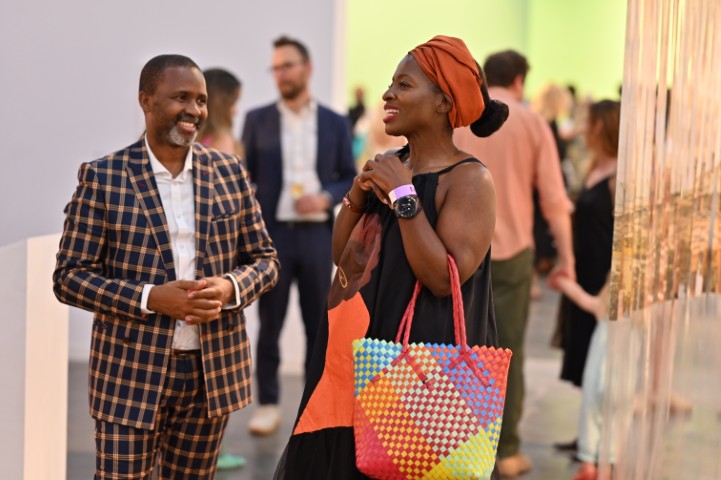
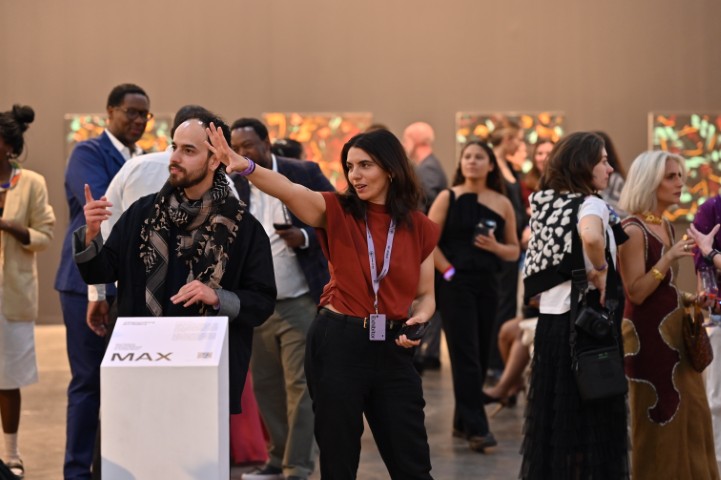

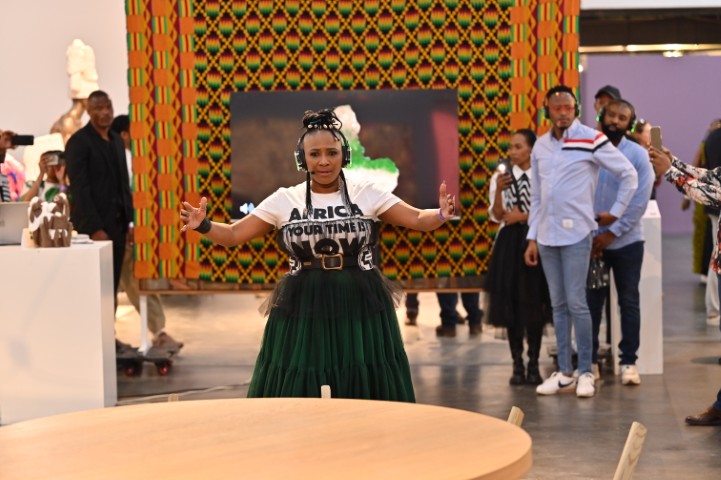
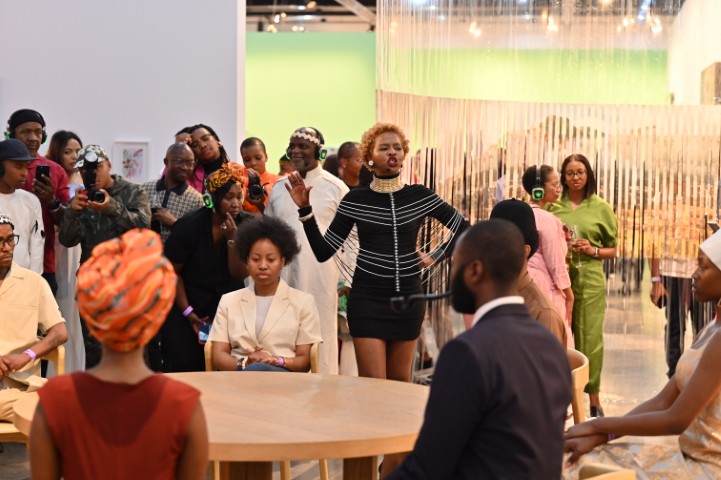
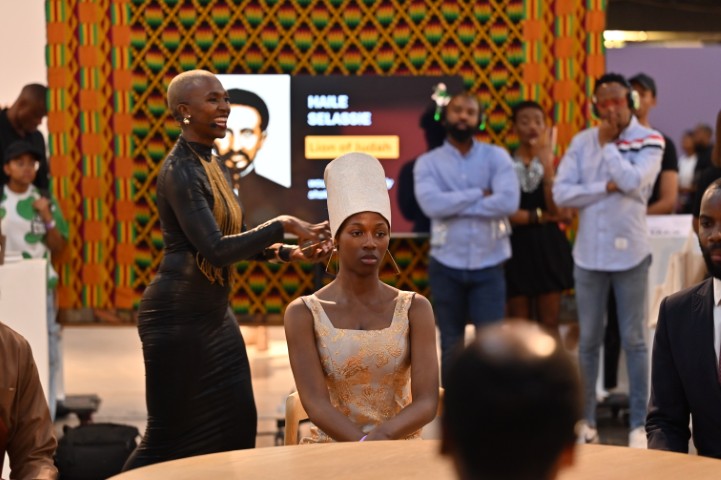
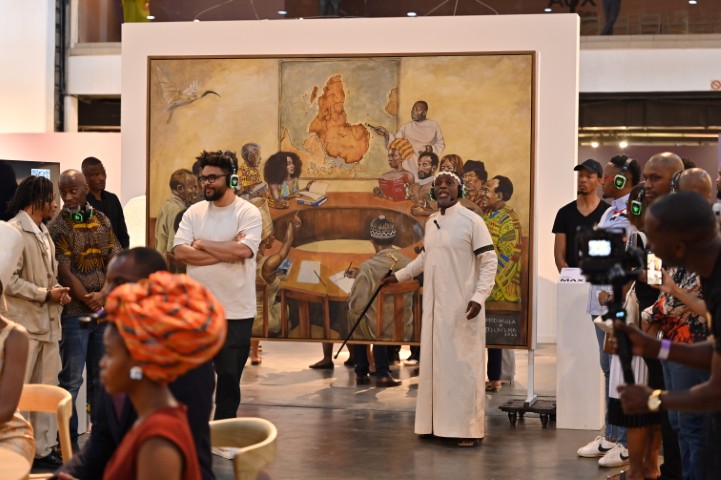
The current four art fairs fortunately have unique art offerings in terms of the experience and the diversity of the art works up for grabs curated by the various galleries participating in these art fairs.
I am sure those who did not have an opportunity to go to this year’s FNB Art Joburg, are wondering how was the experience that was created for visitors and collectors.
Well, I attended the art fair on its opening evening, which was Thursday, September 4, 2025, and I had mixed feelings.
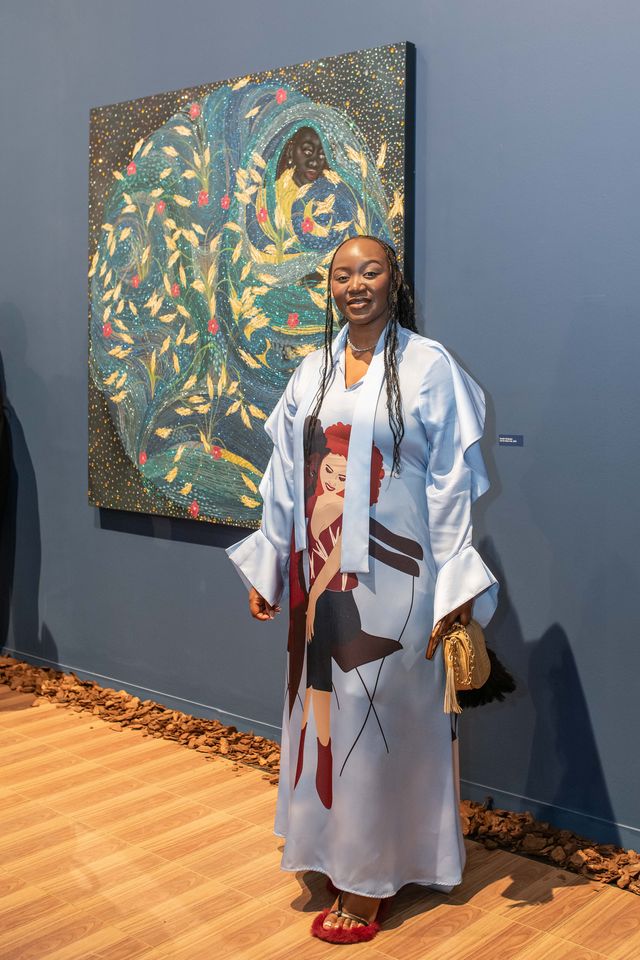
First of all, just as I was walking in the Sandton Mall, to go through the Nelson Mandela Square to cross over to Sandton Convention Centre, the venue of the fair, something that has nothing to do with art at all caught my eye- a snaking queue of people waiting to get into a Louis Vuitton shop. A well representative demography of South Africa in terms of age, race and gender, and certainly not class. Some of the people on the queue were holding shopping bags and clearly they were waiting to get an opportunity to do some more shopping in this shop that is not known for selling things at knock down prices. I have not worn, a brand from this shop but friends of mine who have, say that it is not usual for the price of a belt to run into thousands of Rands.
But here were the shoppers, ready of to splurge on their favourite items from this luxury shop. Here I am not judging anything, but at the back of my mind, I wished that shortly after crossing over Nelson Mandela Square into the floor where FNB Art Fair was in progress, I was going to see a similar queue of people of the same means and demography queuing, at the several galleries, ready to spurge on their favourite art object created by their favourite artists.
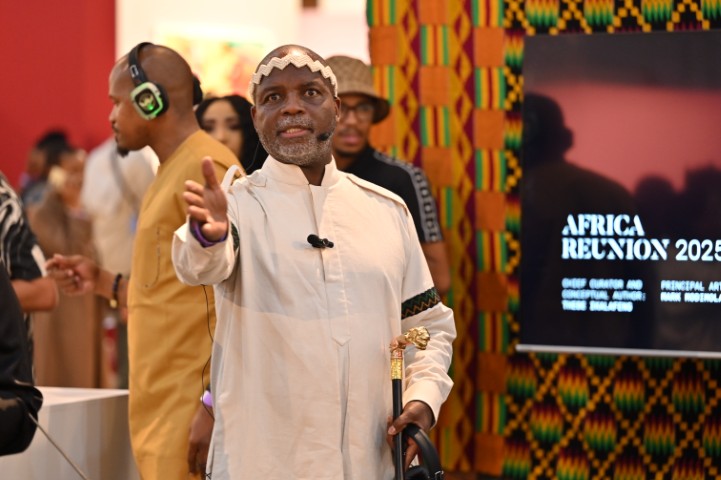
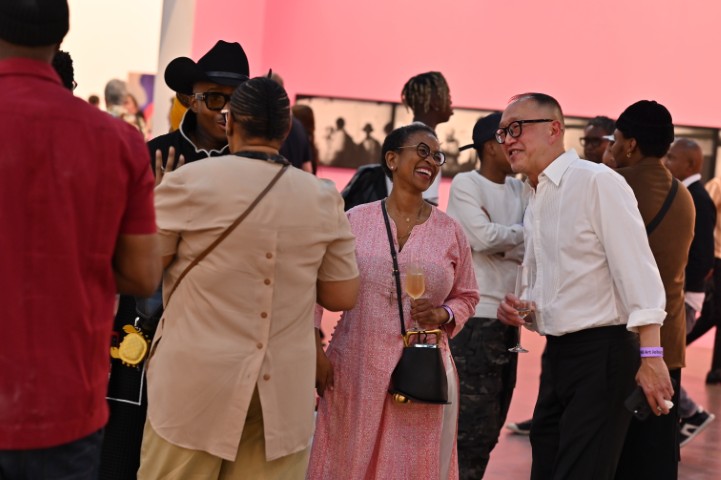
It however turned out that I was too generous with my expectations. And please do not get me wrong. For starters indeed the place was teeming with people, who were only too happy to attend the art fair. In fact the mood was exuberant. South Africa’s demography was well represented by mainly young and happening people, visibly excited to be at the fair as they ate, drank, hugged and generally creating a festive mood in the packed exhibition hall. This is as they moved from one exhibition stall to the next. But I simply did not witness credit cards being whipped out of what could have been Louis Vuitton bags to buy art. Instead I saw mainly faces that were clearly excited, and a crowd that was happy to reconnect with friends they had not seen for a long time. A crowd that was also happy to be served beverages and sumptuous food by the fair organisers.
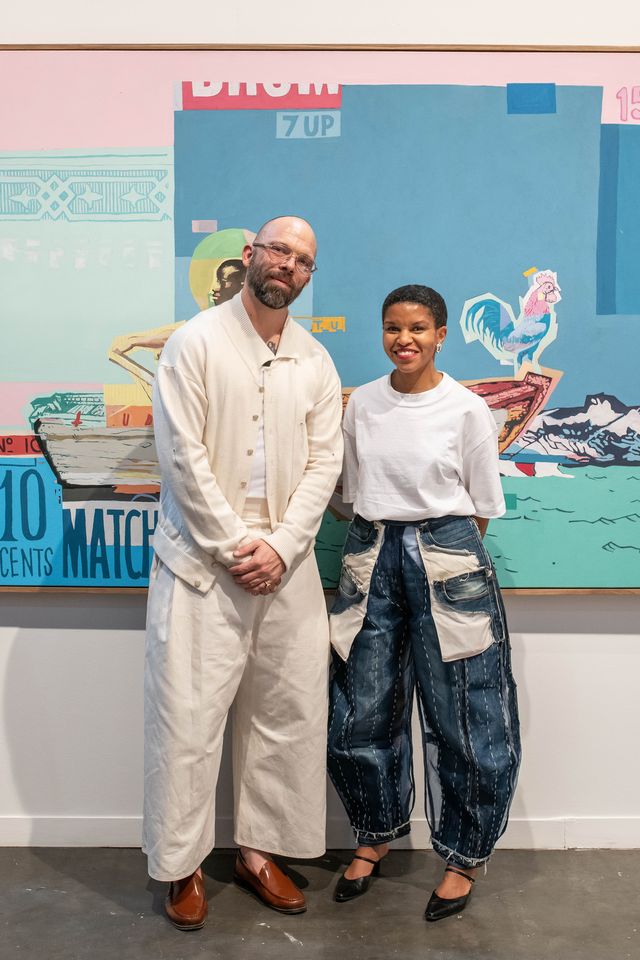
The question that came up then is why are they not buying art? That is in fact the mystery of consumer behaviour in this country, particularly when it comes to the black middle class, that clearly have disposable income to splurge in luxury items and drinks at expensive restaurants in the northern suburbs of Johannesburg, but never on art. That is a riddle that market researchers perhaps need to investigate. After all you cannot blame the client for not buying something. Something is simply amiss in the current art marketing strategy by the role players.
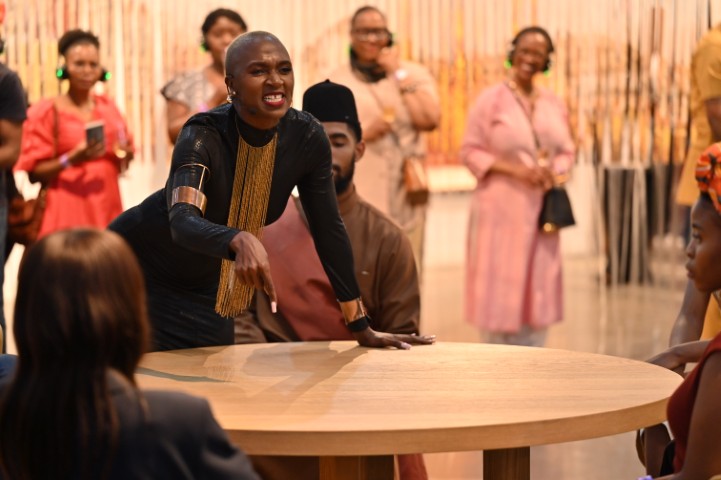
And this is not as if there is no interest and exposure to art. The people I saw there on the opening night are clearly upwardly mobile, socially and economically, and hence they descended in big numbers and created a festive mood in the exhibition hall.
“Perhaps to them, this is like a huge party. I have not seen these people at any art event and I wonder who they are,” one writer remarketed as he wondered loudly about this mystery árt’ crowd.
“This is actually good as they create a vibrant atmosphere on the opening night,” retorted one seasoned art dealer and gallerist. It appeared he wanted to shed more light about the necessity for such young people to be at an event such as the opening of FNB Art Joburg. But he could not finish the sentence as he was interrupted by two artists who greeted him with much excitement.
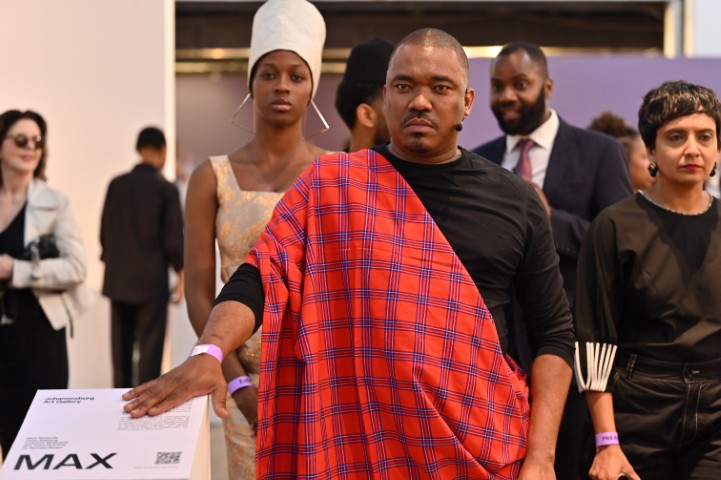
However the FNB Art Fair, has managed to maintain its status as a truly Pan African Art fair, attracting high profile galleries from the rest of the continent, at a time when the art business has somehow slowed down internationally.
For example this year, marking its 18th edition, there were 14 galleries from the rest of the continent who participated, bringing some really good art from the rest of the African continent.
One such gallery is First Floor Gallery from Zimbabwe.
“”Harare emerging contemporary art has been impressing international audiences for almost two decades. The country’s emerging painting has been an extraordinary and surprising part of that journey, with their dynamic energy, technical skill as well as intellectual depth.
In our presentation at Art Joburg 2025, we are celebrating this commitment with brilliant new works from Harare’s leading young painters Wycliffe Mundopa, Gresham Tapiwa Nyaude, Grace Nyahangare, Again Chokuwamba, Tashinga Majiri and key artists in our programme it inspired – Pebofatso Mokoena (Johannesburg) and Shamilla Aasha (Bulawayo),” said gallery director Valerie Kabov.
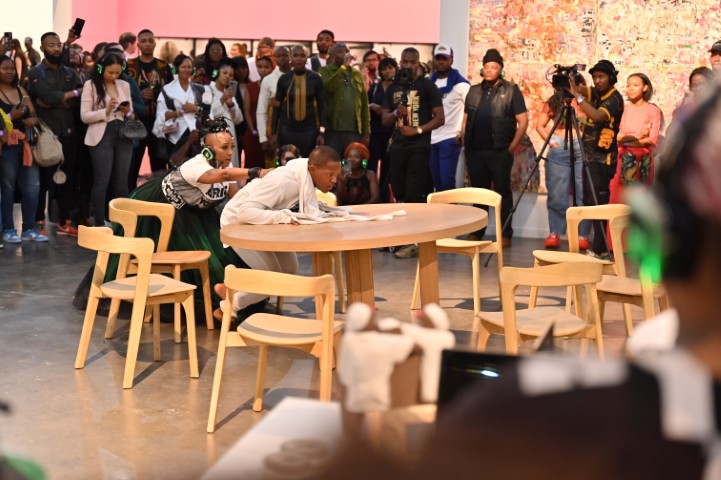
Some of the fair highlights include never before seen artwork by renowned photographer Santu Mofokeng in an exhibition named Concert at Sewefontein and the launch of The Africa Re-Union, “a landmark artistic initiative, was unveiled last night at the FNB Art Joburg opening, transforming the fair into a stage of reclamation and imagination, where art became manifesto and memory became movement. It reverses the context of the infamous 1884 Berlin Conference — where Africa was carved and divided without consent — by restoring the continent as author of its own story and architect of its own destiny.”
Conceived and co-created by pan-African thinker and founder of Brand Africa, Thebe Ikalafeng, realised on canvas by South African artist Mark Modimola, and anchored in history by Professor Kwesi DLS Prah, “the Africa Re-Union is not simply an artwork but a provocative declaration to reimagine the African story and history,”according to how the curators framed it.


